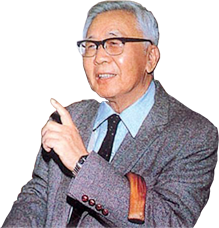Large $N$ limit of the $O(N)$ linear sigma model in 3D(Hao Shen, Rongchan Zhu, Xiangchan Zhu)
In this paper we study the large N limit of the O(N)-invariant linear sigma model, which is a vector-valued generalization of the Φ4\documentclass[12pt]{minimal} \usepackage{amsmath} \usepackage{wasysym} \usepackage{amsfonts} \usepackage{amssymb} \usepackage{amsbsy} \usepackage{mathrsfs} \usepackage{upgreek} \setlength{\oddsidemargin}{-69pt} \begin{document}$$\Phi ^4$$\end{document} quantum field theory, on the three dimensional torus. We study the problem via its stochastic quantization, which yields a coupled system of N interacting SPDEs. We prove tightness of the invariant measures in the large N limit. For large enough mass or small enough coupling constant, they converge to the (massive) Gaussian free field at a rate of order 1/N\documentclass[12pt]{minimal} \usepackage{amsmath} \usepackage{wasysym} \usepackage{amsfonts} \usepackage{amssymb} \usepackage{amsbsy} \usepackage{mathrsfs} \usepackage{upgreek} \setlength{\oddsidemargin}{-69pt} \begin{document}$$1/\sqrt{N}$$\end{document} with respect to the Wasserstein distance. We also obtain tightness results for certain O(N) invariant observables. These generalize some of the results in Shen et al. (Ann Probab 50(1):131–202, 2022) from two dimensions to three dimensions. The proof leverages the method recently developed by Gubinelli and Hofmanová (Commun Math Phys 384(1):1–75, 2021) and combines many new techniques such as uniform in N estimates on perturbative objects as well as the solutions.
Publication:
Communications in Mathematical Physics, 16 June 2022.
Author:
Hao Shen
Department of Mathematics, University of Wisconsin - Madison, Madison, USA
Rongchan Zhu
Department of Mathematics, Beijing Institute of Technology, Beijing, 100081, China
Xiangchan Zhu
Academy of Mathematics and Systems Science, Chinese Academy of Sciences, Beijing, 100190, China
E-mail: zhuxiangchan@amss.ac.cn

